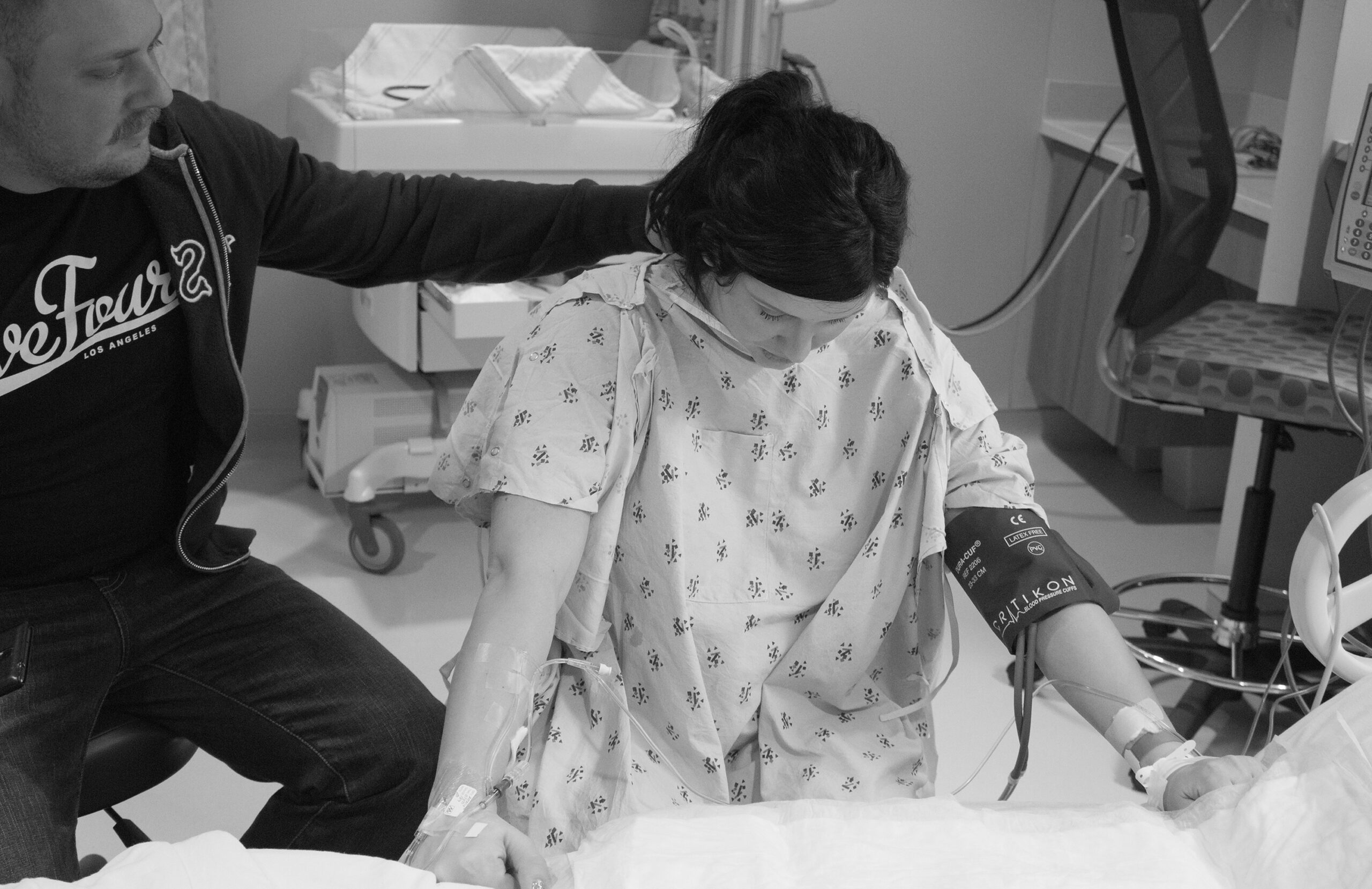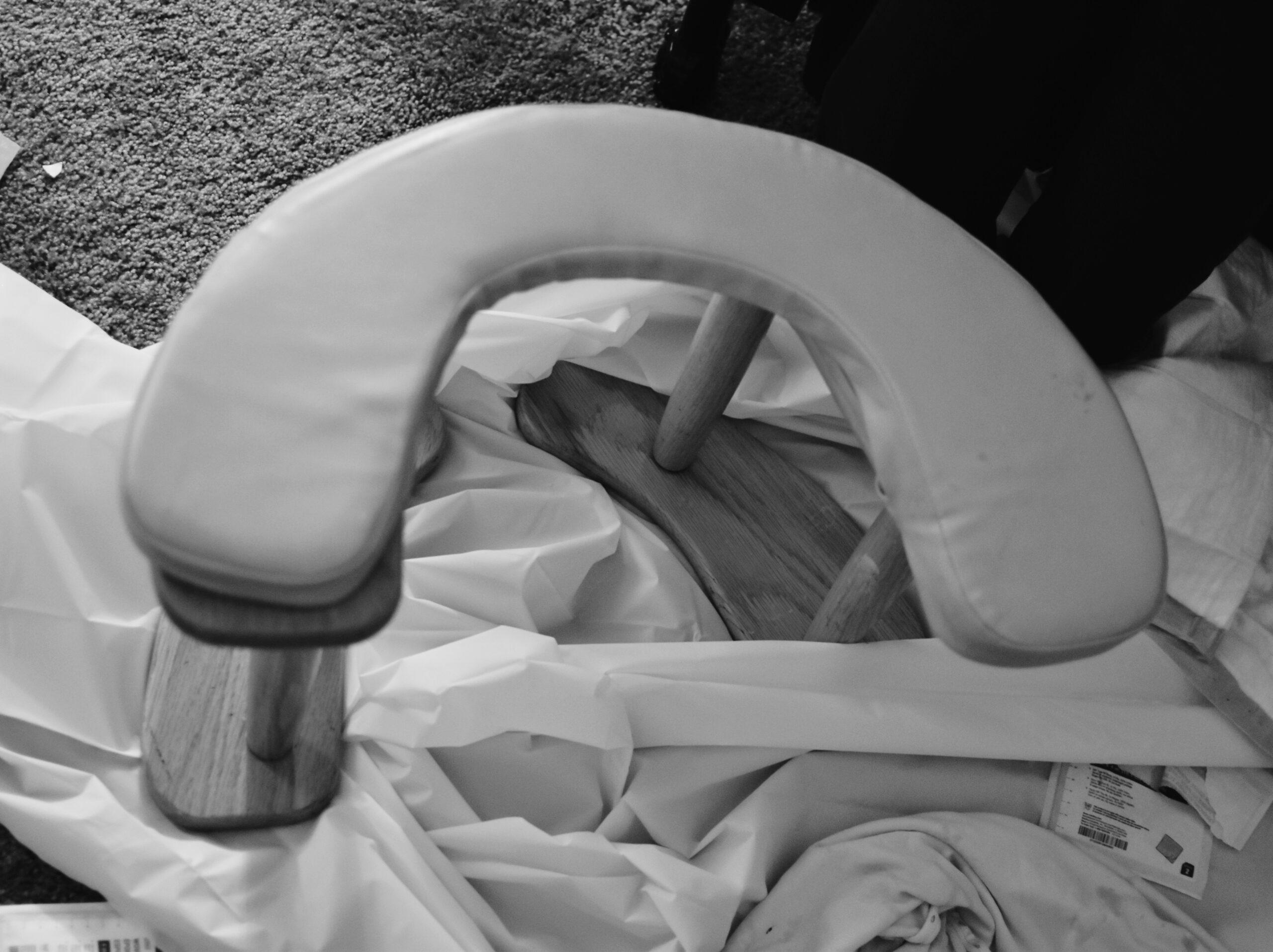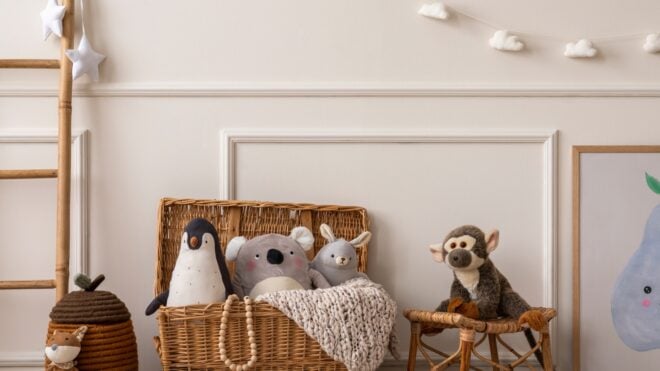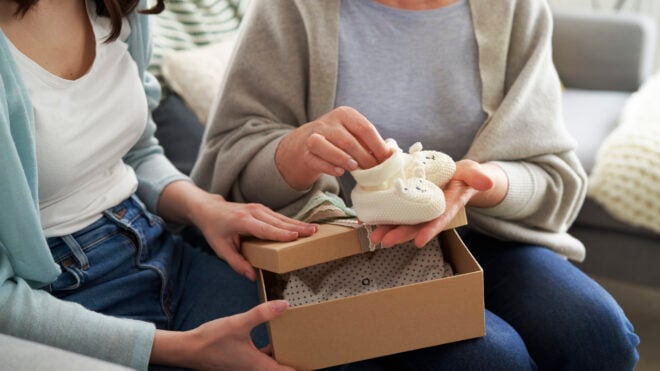
These days, baby registries and pregnancy books are quite thorough. They cover every category for all types of babies born by a variety of birth experiences.
Breastfeeding? Don’t forget this amazing nursing tank and a variety of flange sizes for your pump. Considering a waterbirth? Read this book to get you in the groove. Planning to be a jogging mom? This stroller is the smoothest ride! Think your baby might suffer from colic? This herbal tincture has worked wonders for eons, don’t have a baby without it.
Talk to experienced moms, review Target’s registry recommendations, poll your OB or midwife—they’ll give you the scoop for sure. And much of what they share will be gold.
If you’re truly brave, pose the question on social media, “What do I need to prepare for birth and baby?” Every mom under the sun will come out to share her two cents.
But, in all of my preparations for becoming a mom, not one person told me I should research birthing stools.

Above is a photo of the actual birthing stool I used (pre-birth photo, you’re welcome) with my fourth baby.
It’s a low U-shaped stool that a laboring mom sits on, or, more like, perches on. It’s cushioned—at least the nice ones are—and it supports the mom’s bum and thighs while she manages contractions or pushes in a squat-like position.
Squatting a baby out is really a dream, at least for me. Gravity comes to the rescue. Studies have shown that a laboring mom increases room in the pelvis and thus experiences less pain and an easier delivery when alternative methods of pushing are put to use.
Why do I think a birthing stool is essential? For me, it meant more productive pushes, less pain and an overall easier labor (compared to my others). Sign. Me. Up.
Why do I think a birthing stool is essential? For me, it meant more productive pushes, less pain and an overall easier labor.
Technically, birthing stools are nothing new. Between them and their birth-supply cousin, the birthing chair, they have been part of birth experiences dating back as far as Ancient Greece. They gained popularity across Europe starting in the 16th century—often, birthing stools were even considered a family heirloom. Talk about a creative hand-me-down!
So, ask your OB or midwife if this birthing product will be available to you during your labor. I, for one, wholeheartedly recommend it. It looks different, but be open to giving it a try. You may find it to be just the support you need.
Alternately, you may find that it's not for you. Some women prefer a more traditional semi-reclined or semi-sitting pushing stance. Others use an alternative method, like kneeling, squatting, standing, on all fours or lying on their side.
However you choose to birth your baby, listen to what your body needs and communicate with your care provider that you need time and space to explore what works best for your unique birthing situation.
You do you, mama!




